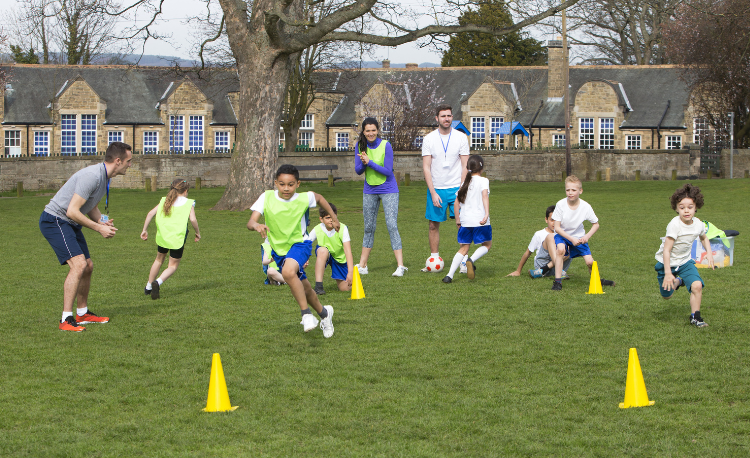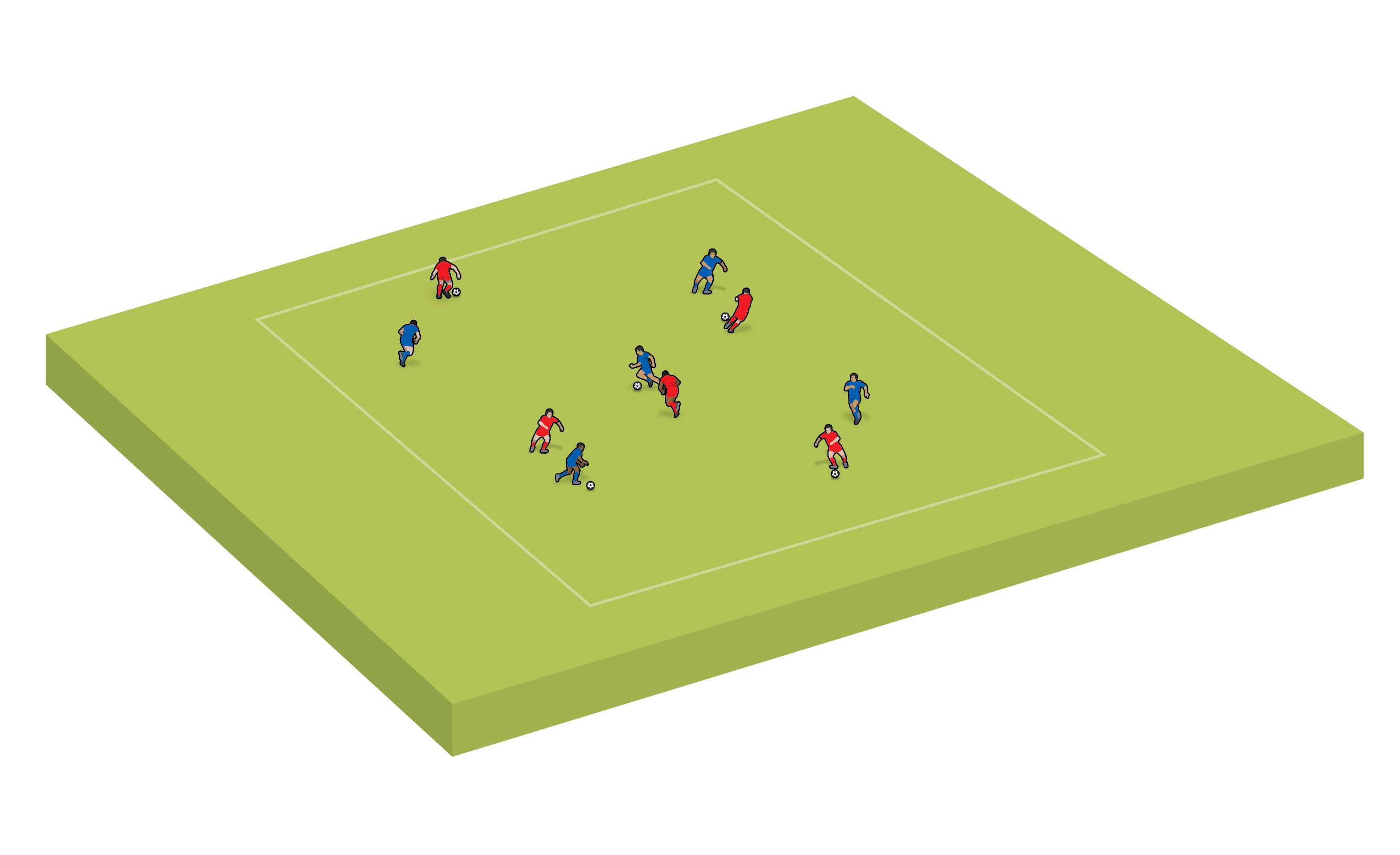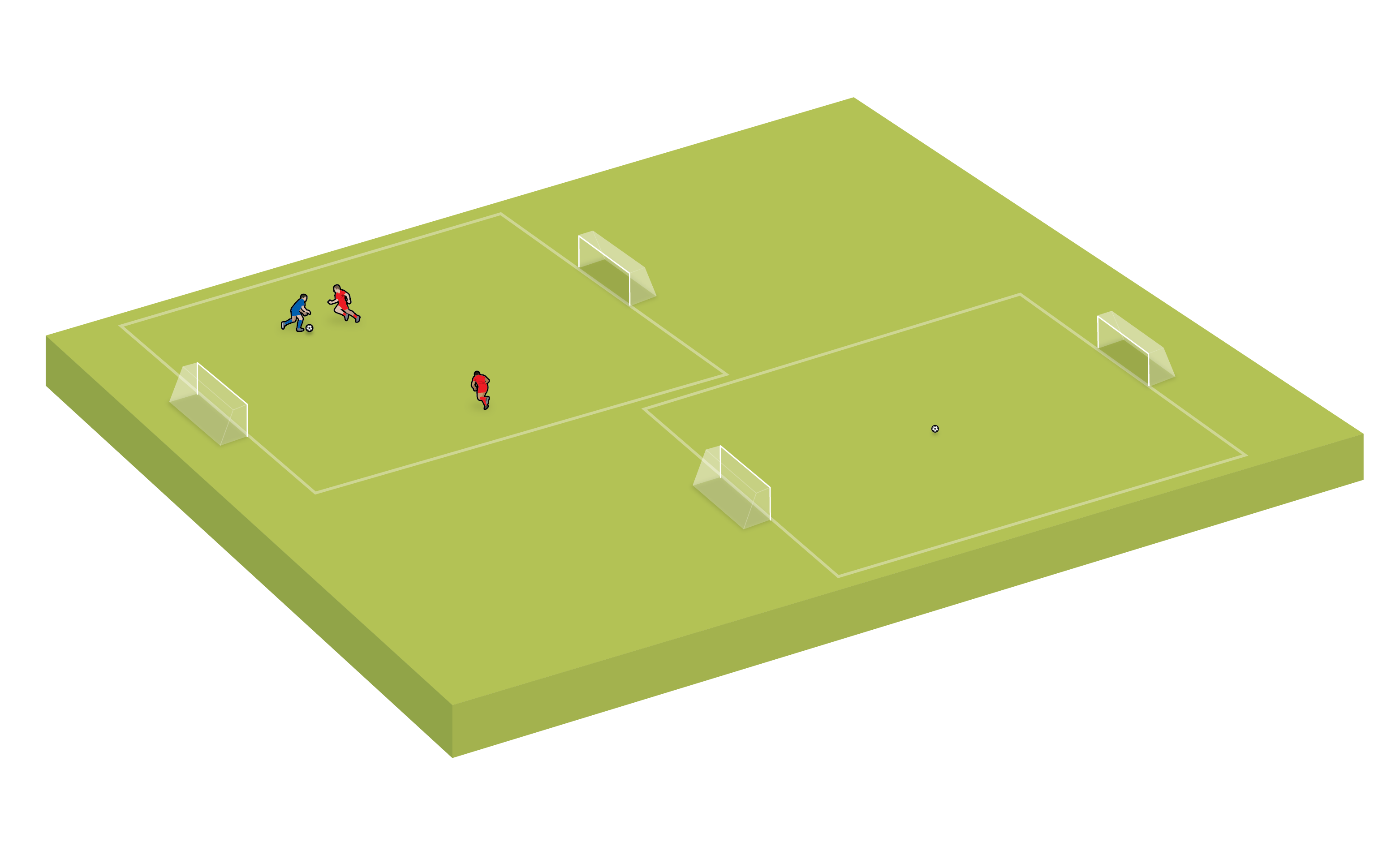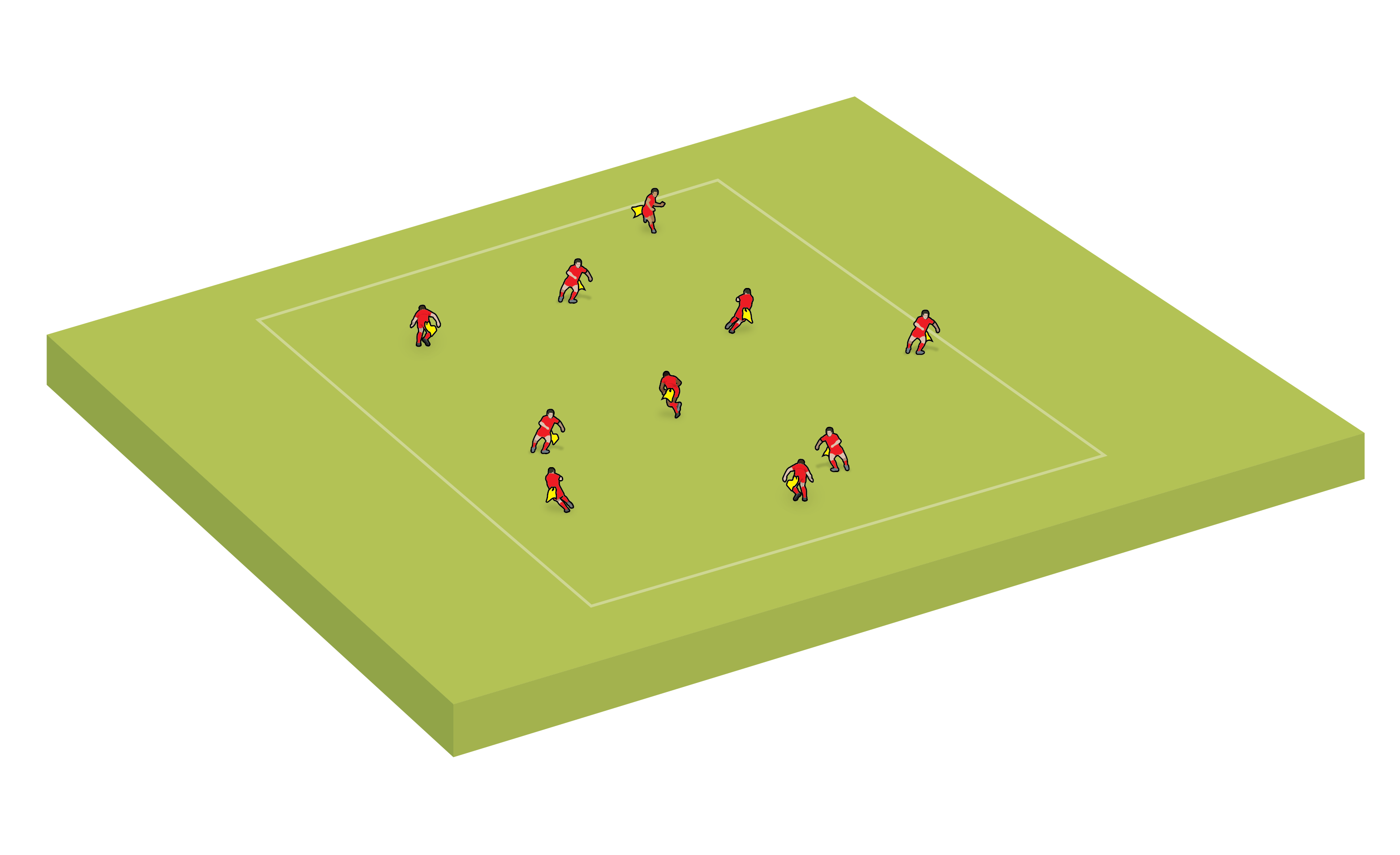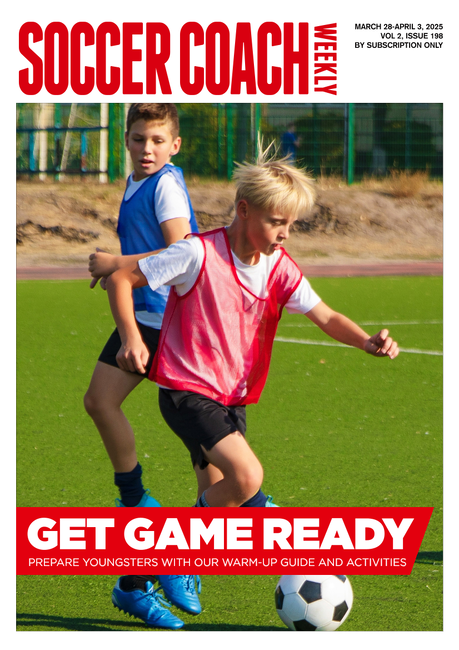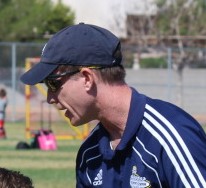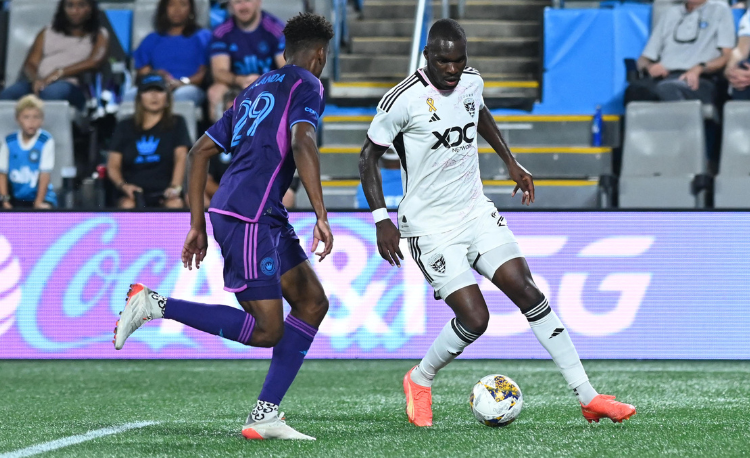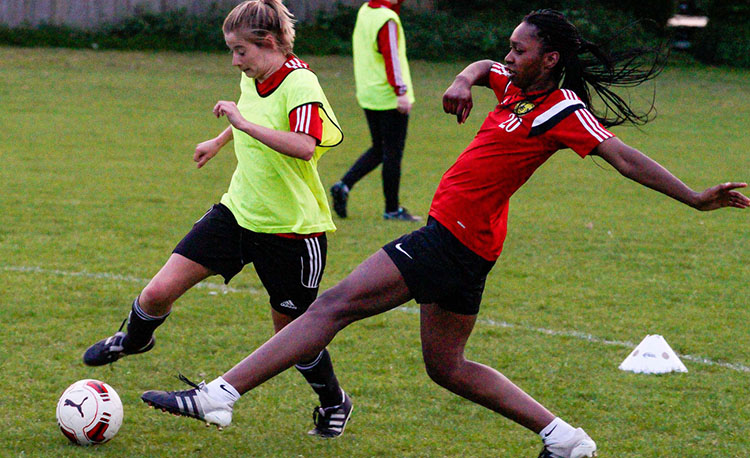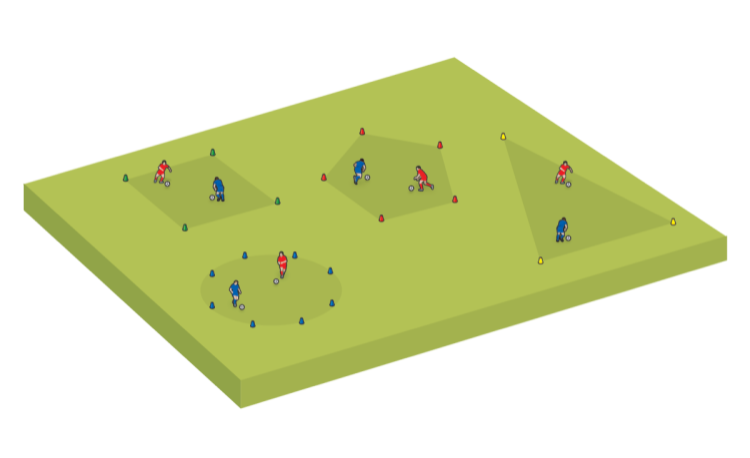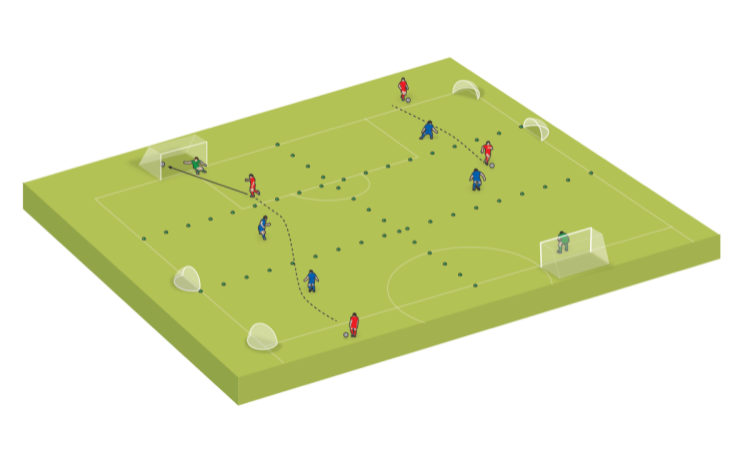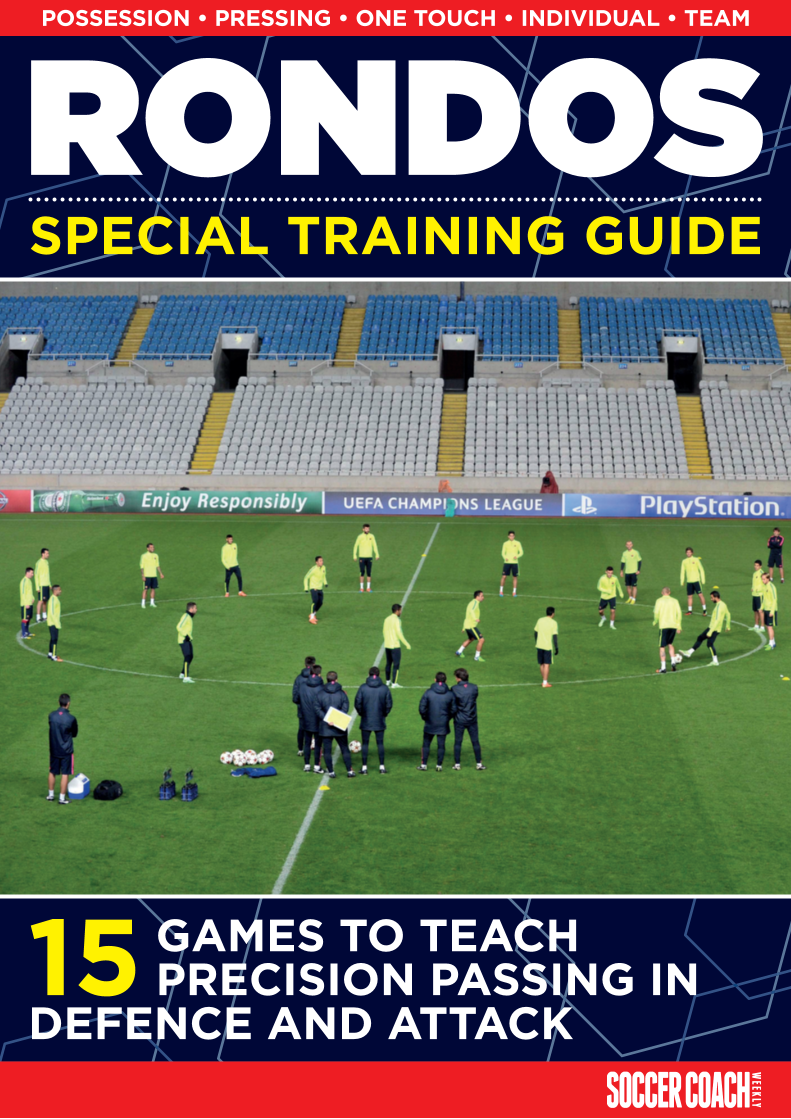How to warm up your younger players before a match
Carl Wild’s guide to preparing your team, physically, technically and mentally.
On matchday, a warm-up is the time before kick-off when players get their bodies and minds ready for the game ahead.
For teams in the younger age groups, up to U11s, a good warm-up will achieve the following:
- Get players moving in the way that they will during the game
- Incorporate key fundamental movement skills, in particular: agility, balance, co-ordination and speed (the ABCs)
- Be fun and engaging, something that you know players enjoy, and getting them excited for the game ahead
- Give players routine and structure
- Encourage leadership and ownership
- Not tire players out – around 15 to 20 minutes should be sufficient to set them up for their game
- Be quick and easy to set-up, making things more manageable for the coach on a day when they already have lots to do
- Be something that players have played or done before, so you don’t have to explain it
- Not require a lot of coach intervention
- Be a maximum of two activities, but ideally just one
- Allow players to experience having the ball at their feet, so the first time they do it isn’t during the match itself
- Work for any number of players – allowing players to drop into it as and when they arrive.
There are three types of warm-up we think work best to capture all of the above for the younger age-group players.
1. Small-sided games
The best way to get players ready for a match or training session is to play a game.
Placing the players in small-sided games (SSGs) will get them moving and completing all of the actions they will perform during the match, including dribbling, passing, tackling and shooting. SSGs will also give players lots of touches on the ball.
Certain rules or constraints can be added to the games, if necessary. Though this may be done more often during training, helping to link SSGs to the session topic, it can also work ahead of an actual game, if we see matchday as an extension to training.
That is to say that you can make the constraints relevant to the development aims you have in the game ahead for your players.
2. Tag
Tag is fun, competitive and high tempo – It is easy and quick to set up, allowing the players to be active as soon as they arrive.
It can also be adapted really easily, including increasing or decreasing the difficulty level, so that players get different returns from it.
Variations on tag might include:
- ’Bib tag’: All players have a bib tucked into their shorts as a ‘tail’. Players try to take each other’s tails. The games ends when all of the tails have been taken. The player who collected the most tails, wins.
- ’Gate tag’: Taggers protect sets of gates and can only move sideways (for the younger players, they can be called ’crabs’!). The runners win a point by travelling through any gate without being tagged. The game lasts for a set period of time and the runner with the most points wins.
- ’Team tag’: Players are split into two teams, and the area is split into two halves, with a set amount of cones in each half. The players aim to enter the other teams’ half, grab a cone and bring it back to their half without getting tagged. If they get tagged, they have to drop the cone. The game is played for a set amount of time, and whichever team has the most cones in their half of the area wins.
You will likely have versions of tag that can work in your own environment, or players might even have their own variations and ideas to throw in.
3. 1v1s
1v1 duels – in which players aim to protect the ball from their partner or, when they haven’t got it, steal it – allow players to get moving quickly, while also working on their physicality.
Points can be given for the period of time a player is able to hold on to the ball. Adaptations can also be made as needed.
Top tips for warm-ups
Don’t overthink it!
Keep it simple and don’t over-engineer it. Get players moving – that’s the most important thing. The focus of the day isn’t the warm-up, it’s ensuring the players enjoy the matchday experience.
Maintain structure
Keeping routines across matchday warm-ups means that players have an idea about what they will be turning up for.
This will help provide them with a sense of safety and calm, particularly useful for those players that may find matchday daunting.
Don’t be afraid to vary it a bit, but make sure nothing is new to players on matchday.
Ensure the warm-up is ready for when players arrive
Setting something up which players can engage with from the moment they arrive takes the pressure off you as a coach – you can concentrate on their engagement with the activity, and anything else you might have to take care of pre-match, rather than having to give players something else to do while you set up.
Keep equipment to a minimum
The more equipment you use to set up the warm-up, the more you and the players have to clear up afterwards, and the more you have to carry.
Have a standard equipment set that you take to matches, and design your warm-ups in line with that. And don’t ‘over-cone’ – a square or rectangle will usually do.
Keep instruction to a minimum
Use warm-ups that players have done before, so you need to give very little instruction and they don’t need to work out how to understand something new before a match.
Consider using a visual aid, like a whiteboard with the name of the activity, and placing it near the warm-up area.
Don’t plan with space in mind
Often, we don’t know what space we will be given for a warm-up.
It may be on the field, or it may be a tiny area next to it because the field is being used for another game. Or, the space may be impacted by weather and conditions.
Either way. make sure your warm-ups don’t require a specific amount of space. Use something that can be adapted to any space limitations.
Consider the weather
The weather may mean you have to make adjustments during your warm-up.
If it’s really hot, for example, you may want players to move a bit less, to conserve energy for the game ahead.
However if it’s very cold, you will want to get players moving more to warm up.
Get assistance if you can
There can be a lot to think about and manage pre-game, so assistance is very useful.
If you have got an assistant coach, this is an ideal time for you to split responsibilities. If not, think about engaging a parent to help – share your plan with them beforehand so they can best support.
Example matchday warm-up timeline
Time until kick-off |
Activity |
| 60 minutes |
Coach arrives and carries out risk assessment |
| 45 minutes |
Coach sets up warm-up area |
| 30 minutes |
Players arrive, coach checks in with them, players begin warm-up |
| 10 minutes |
Players finish warm up and collect equipment |
| 7 minutes |
Team-talk and drinks break |
| 0 minutes |
Kick-off! |
Related Files
Newsletter Sign Up
Coaches Testimonials
Subscribe Today
Discover the simple way to become a more effective, more successful soccer coach
In a recent survey 89% of subscribers said Soccer Coach Weekly makes them more confident, 91% said Soccer Coach Weekly makes them a more effective coach and 93% said Soccer Coach Weekly makes them more inspired.
*includes 3 coaching manuals
Get Weekly Inspiration
All the latest techniques and approaches
Soccer Coach Weekly offers proven and easy to use soccer drills, coaching sessions, practice plans, small-sided games, warm-ups, training tips and advice.
We've been at the cutting edge of soccer coaching since we launched in 2007, creating resources for the grassroots youth coach, following best practice from around the world and insights from the professional game.
